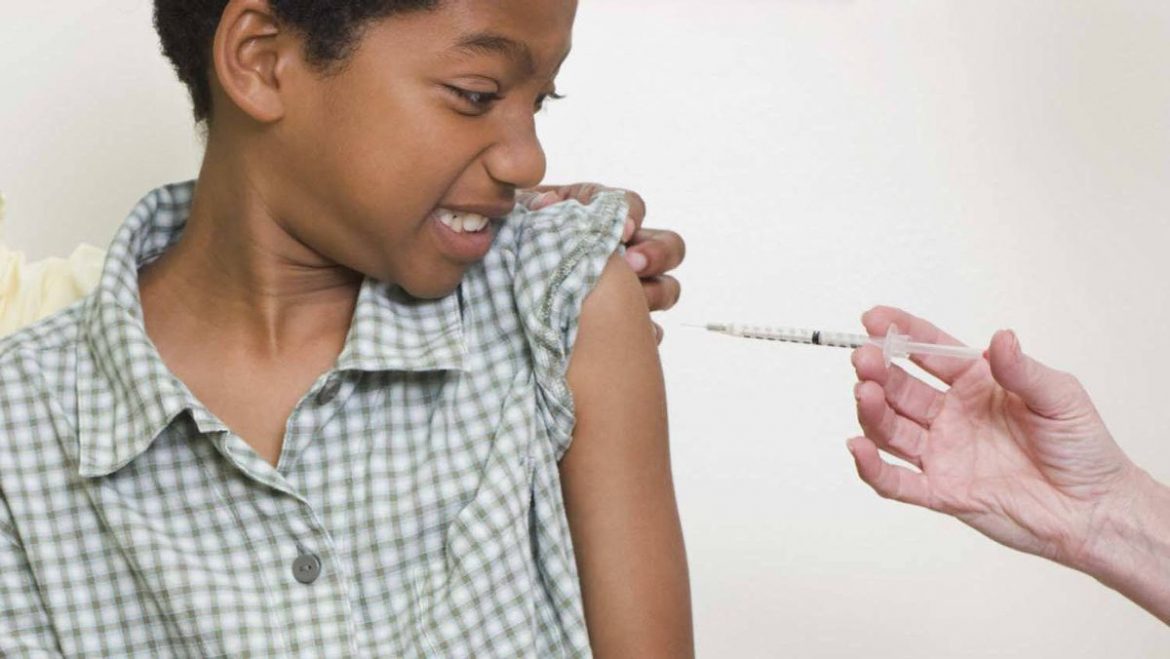Many children are afraid of needles, which causes crying, tantrums, and misery. But as immunisation spreads, it’s crucial to develop methods for reducing needle-related discomfort and fear.
According to recent research from the University of South Australia, nurses who spend more time assisting kids with their vaccinations can reduce the anxiety they feel about getting shots and using needles. The journal European Journal of Pain published the study’s findings.
The pilot investigation, which focused on kids aged 8 to 12, discovered two fresh nurse-led methods that appear promising for lowering needle phobia in elementary-aged kids:
When a child’s focus and expectations are diverted from the needle, this is known as divided attention.
Through discussion of the good aspects of the experience, a child’s exaggerations about the distress and discomfort of needles are addressed, helping them build more accurate recollections of the event.
Given the present COVID-19 pandemic, lead researcher Dr. Felicity Braithwaite of UniSA said assisting kids in reducing their anxiety and tension over vaccinations is a crucial research goal.
According to Dr. Braithwaite, “for many youngsters, going through a needle operation can be uncomfortable and traumatic.
“Childhood vaccination mishaps frequently result in medical avoidance and vaccine reluctance as adults, which can have disastrous effects on outbreaks of diseases that can be prevented.
“We hope to reverse these outcomes and deliver better health outcomes for the future generation by spending more time into ways to assist youngsters manage their concerns about needles,” the statement reads.
41 kids and their parents participated in the trial, and they were randomly assigned to one of four groups: usual care, divided attention, positive memory reframing, or a combination of the latter two interventions. Clinical results were evaluated at baseline, right after the vaccine, and two weeks afterwards.
Also Read: Adults who take vitamin D supplements had less depressed symptoms
The Divided Attention technique featured a one- to two-minute diversion game in which the nurse randomly touched the child’s arm above and below the injection area while the child’s attention was focused on identifying which spot was touched. The possible analgesic benefits of distraction are used in this game.
“We hope to reverse these outcomes and deliver better health outcomes for the future generation by spending more time into ways to assist youngsters manage their concerns about needles,” the statement reads.
41 kids and their parents participated in the trial, and they were randomly assigned to one of four groups: usual care, divided attention, positive memory reframing, or a combination of the latter two interventions. Clinical results were evaluated at baseline, right after the vaccine, and two weeks afterwards.
The Divided Attention technique featured a one- to two-minute diversion game in which the nurse randomly touched the child’s arm above and below the injection area while the child’s attention was focused on identifying which spot was touched. The possible analgesic benefits of distraction are used in this game.
The Positive Memory Reframing technique includes talking to kids about a past injection and emphasising positive parts, such how brave the kid was and praising particular strategies they took to lessen their own distress, like deep breathing and looking away, among other things. To help kids deal better, it is intended to cultivate a sense of self-efficacy.
Both approaches were evaluated in non-clinical settings (such as schools) in order to maximise the potential of widespread vaccination campaigns that cause the fewest negative effects in kids.





